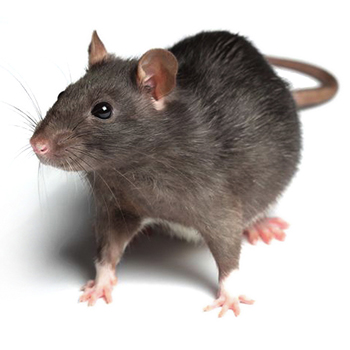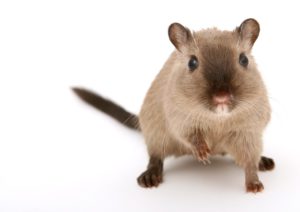Rodent Control Program - Erie County, NY Department of Health Things To Know Before You Buy


Top Rat Control Company Near Me - Nextgen Pest Solutions
Getting The Rat Extermination in Chicago - Resolve Pest Solutions To Work
Appearance, Norway Rats are frequently called brown or sewer rats. They are big, bulked-up looking rats that can grow to lengths of about 13-16 inches when determined from their nose to the idea of their tail. Pigmentation is primarily gray on their underside and reddish or grayish-brown to black on the top of their body.


Rodent Exterminators - Rodent Control - Pest Defense Solutions in El Paso
With blunt snouts, Norway rat adults weigh about 7-18 ounces. Roofing system Rats are frequently called black rats and are smaller than Norway rats. Grownups range in weight from about 5-10 ounces. Their tails are longer than the rest of their body and are uniformly dark colored. The underside of the roofing system rat's body is grayish to white.
Behavior, Roofing system rats are proficient climbers and not remarkably are apt to construct their nests in places above ground. Nevertheless, they might in some cases also develop nests in burrows. Check Here For More are primarily active in the evening. Scientists have noted that the roofing system rat's long tail is adjusted to boost their ability to climb and operates to helps them in balancing.
The 2-Minute Rule for Dallas Rodent Control - Rapid Rodent Removal - (469) 609
Roof rats are not accomplished swimmers and are not typically found in drains. Norway rats are typically active at dusk or during the night and are non-active throughout daylight hours. However, when a Norway rat population grows so large that competition from other rats for food, water and harborage increases, some members of the rat community might look for to find new locations to colonize throughout the daytime.
Norway rats can climb up, however not as well as roof rats, and are strong swimmers. Diet plan, Roofing system rats are omnivores and will eat numerous types of vegetation such as fruits, grains, seeds and grocery produce. Likewise, roofing rats are most likely to consume pests. Much like Norway rats, roof rats ruin far more foods by contamination from feces and urine than from intake.
Also, Norway rats may prey upon fish, poultry, mice, birds, little reptiles and amphibians. They may consume vegetation, but choose to meat or meat-related wastes. Learn more about what rats consume. Environment, As mentioned above, roof rats choose aboveground nesting places in shrubs, trees, and thick greenery. Roof rats getting in homes are typically discovered in raised or safe and secure enclosures such as walls, cabinets, attics, and false ceilings.
